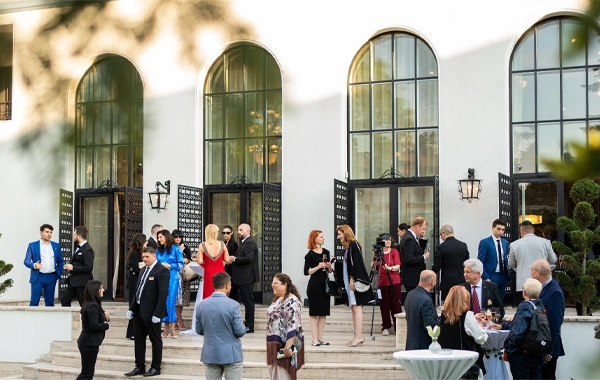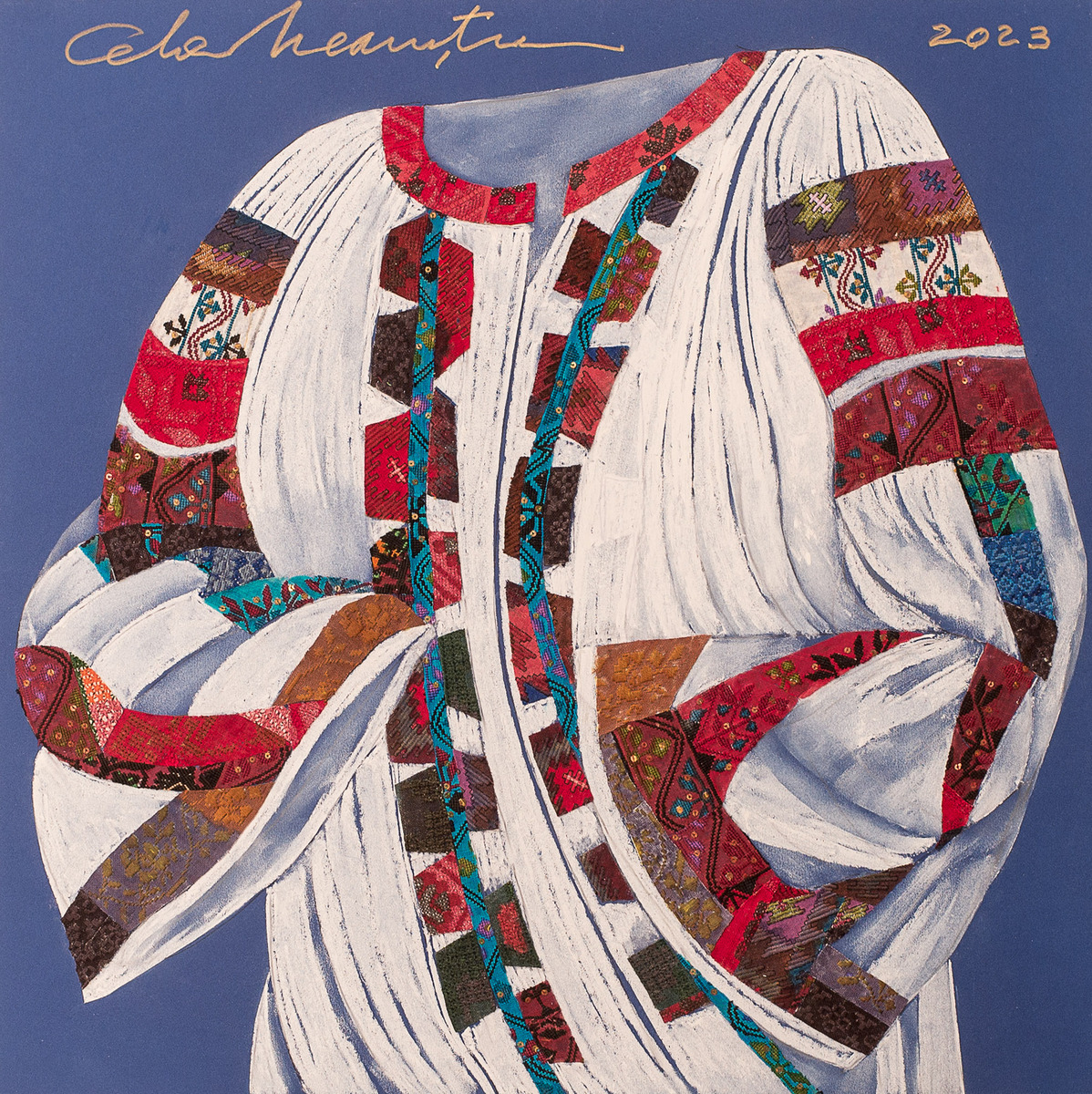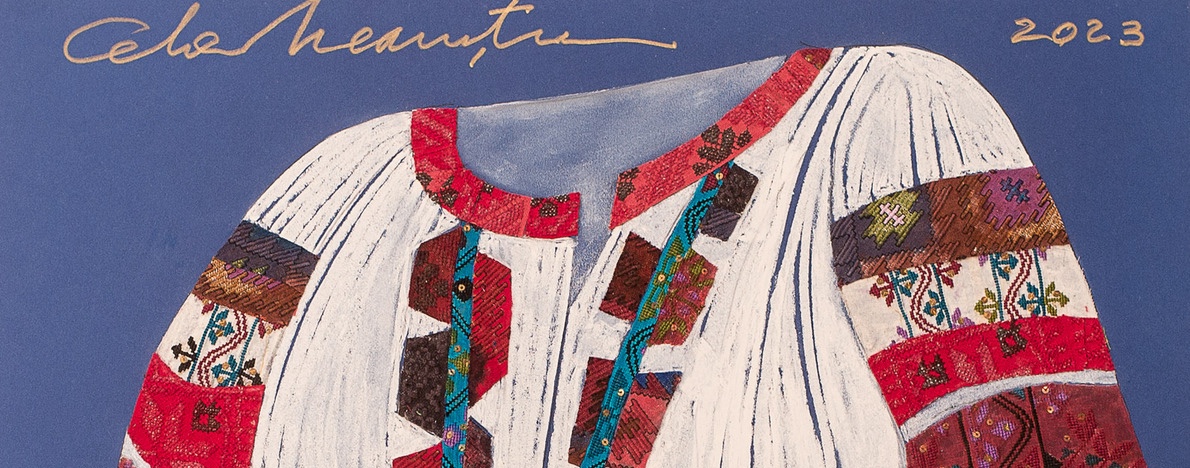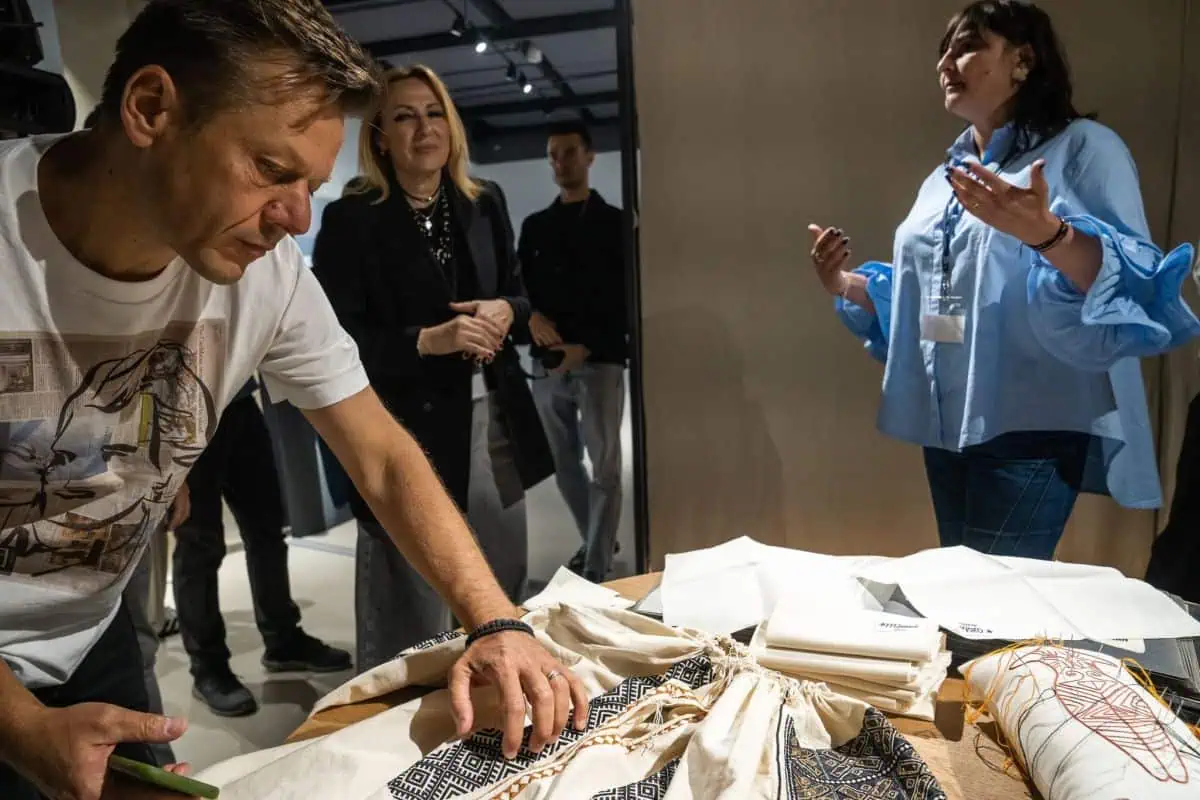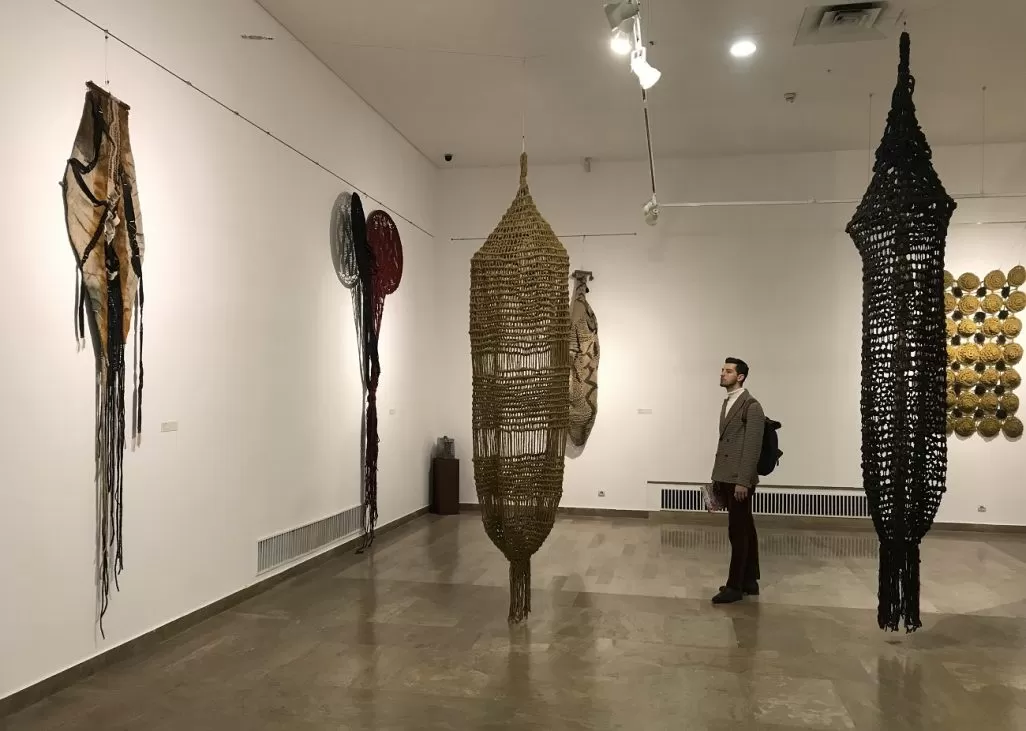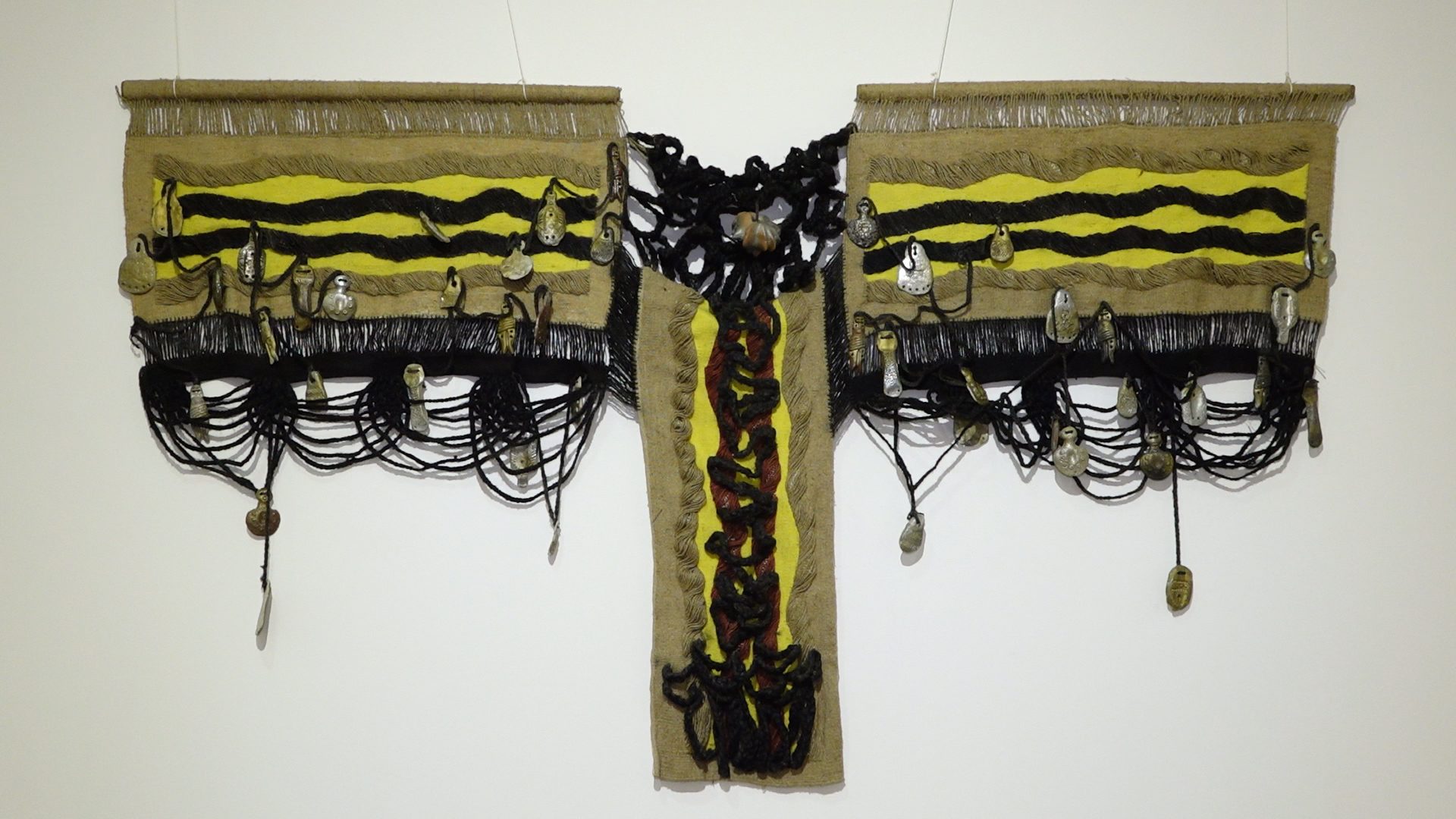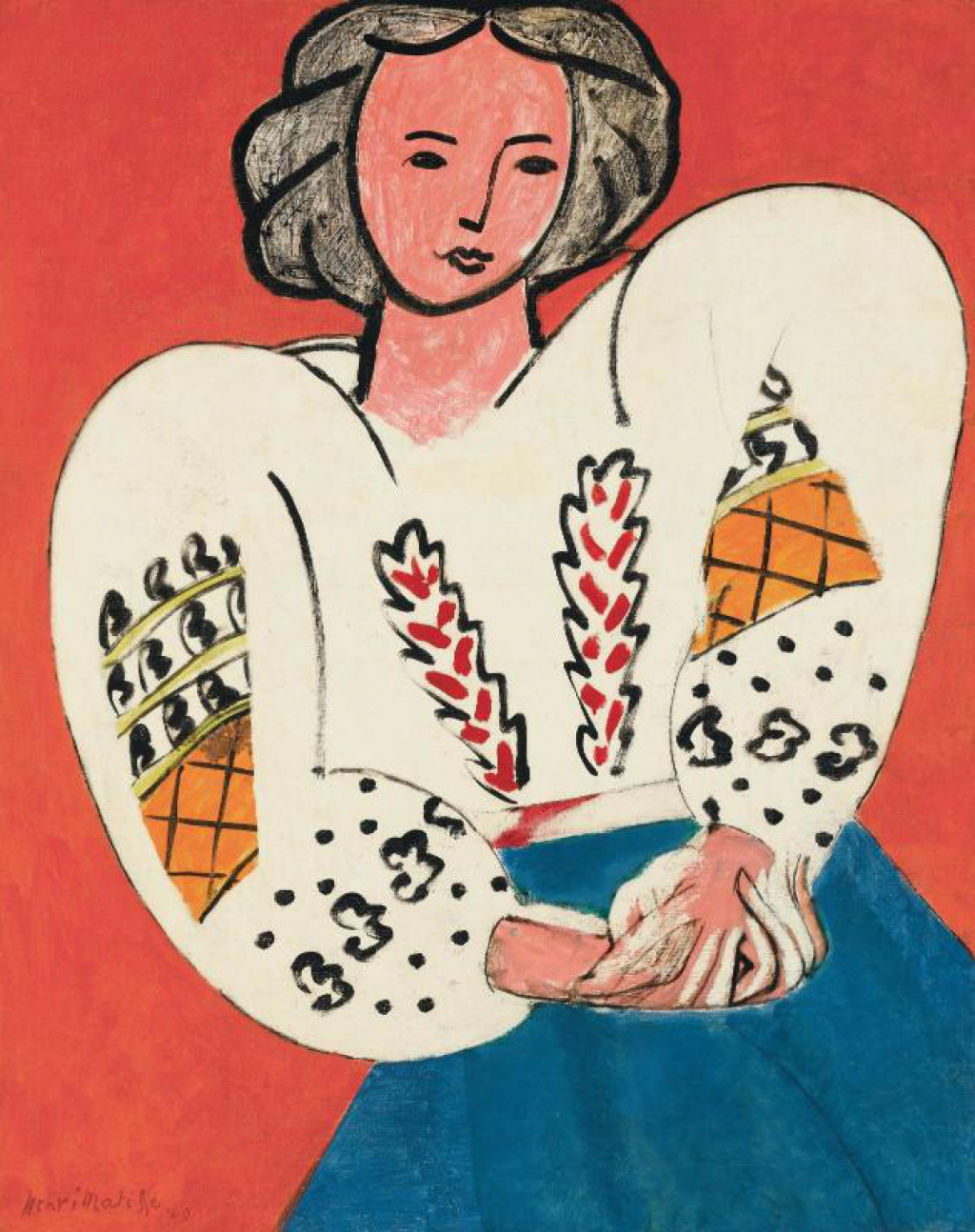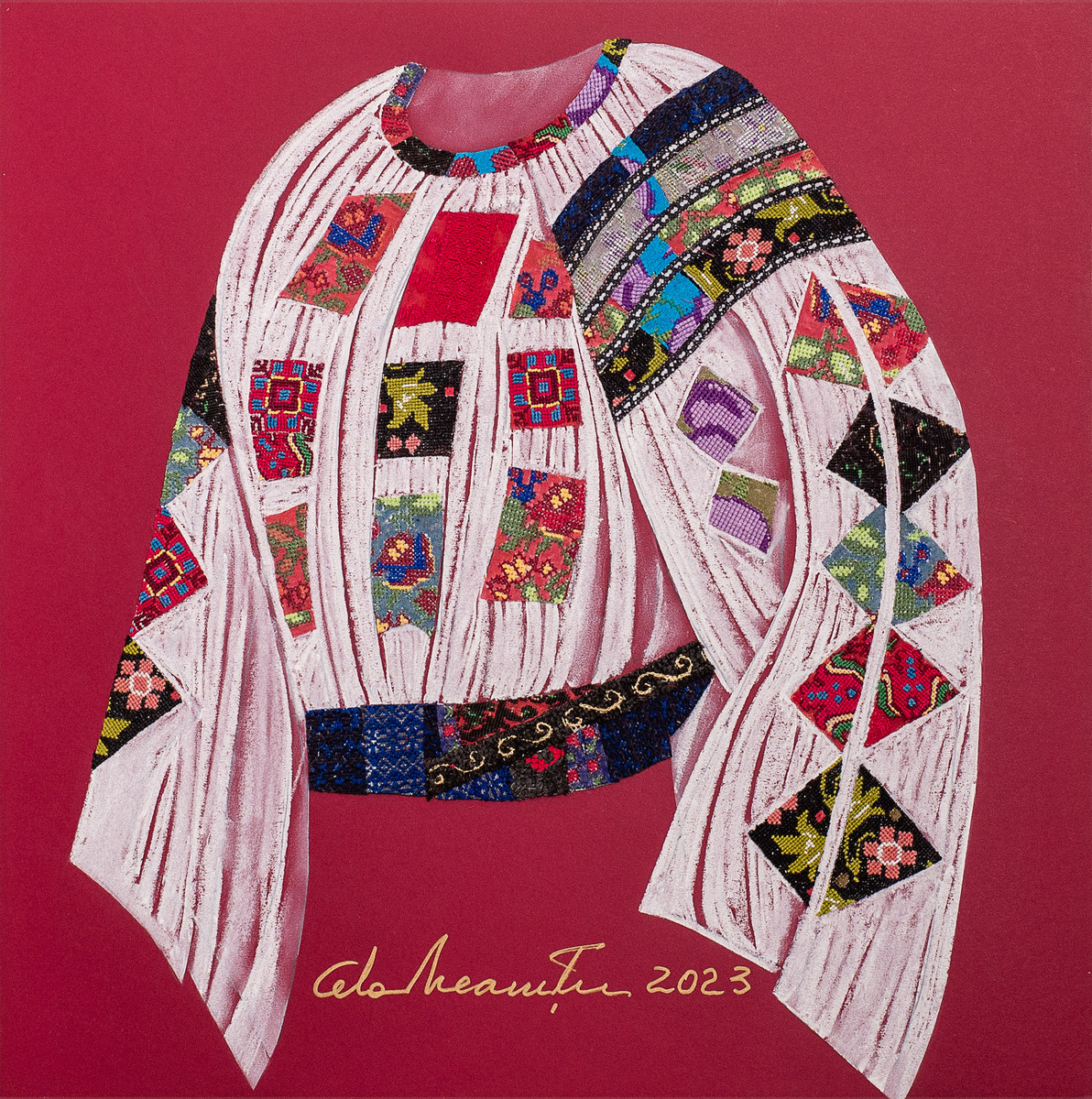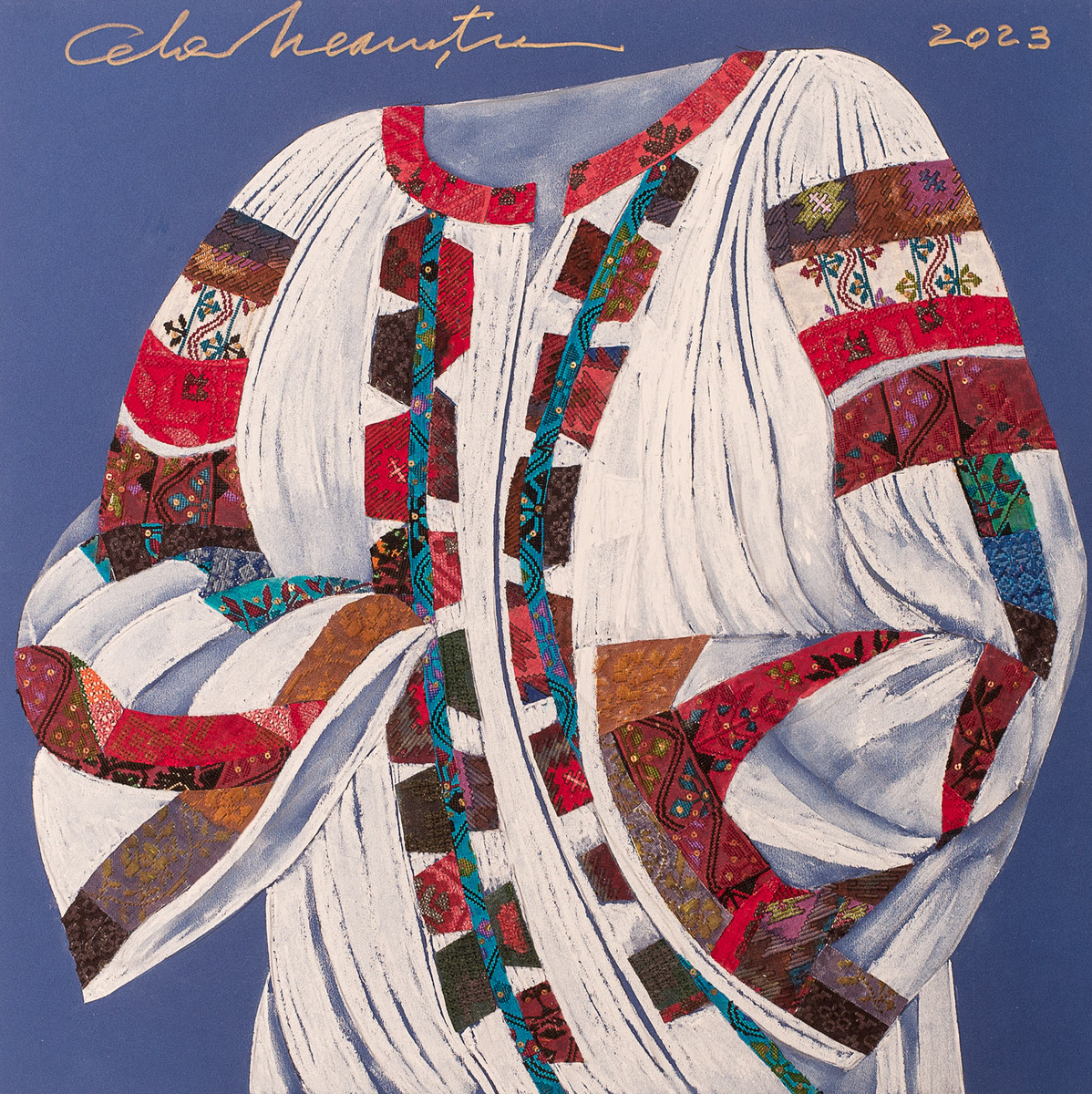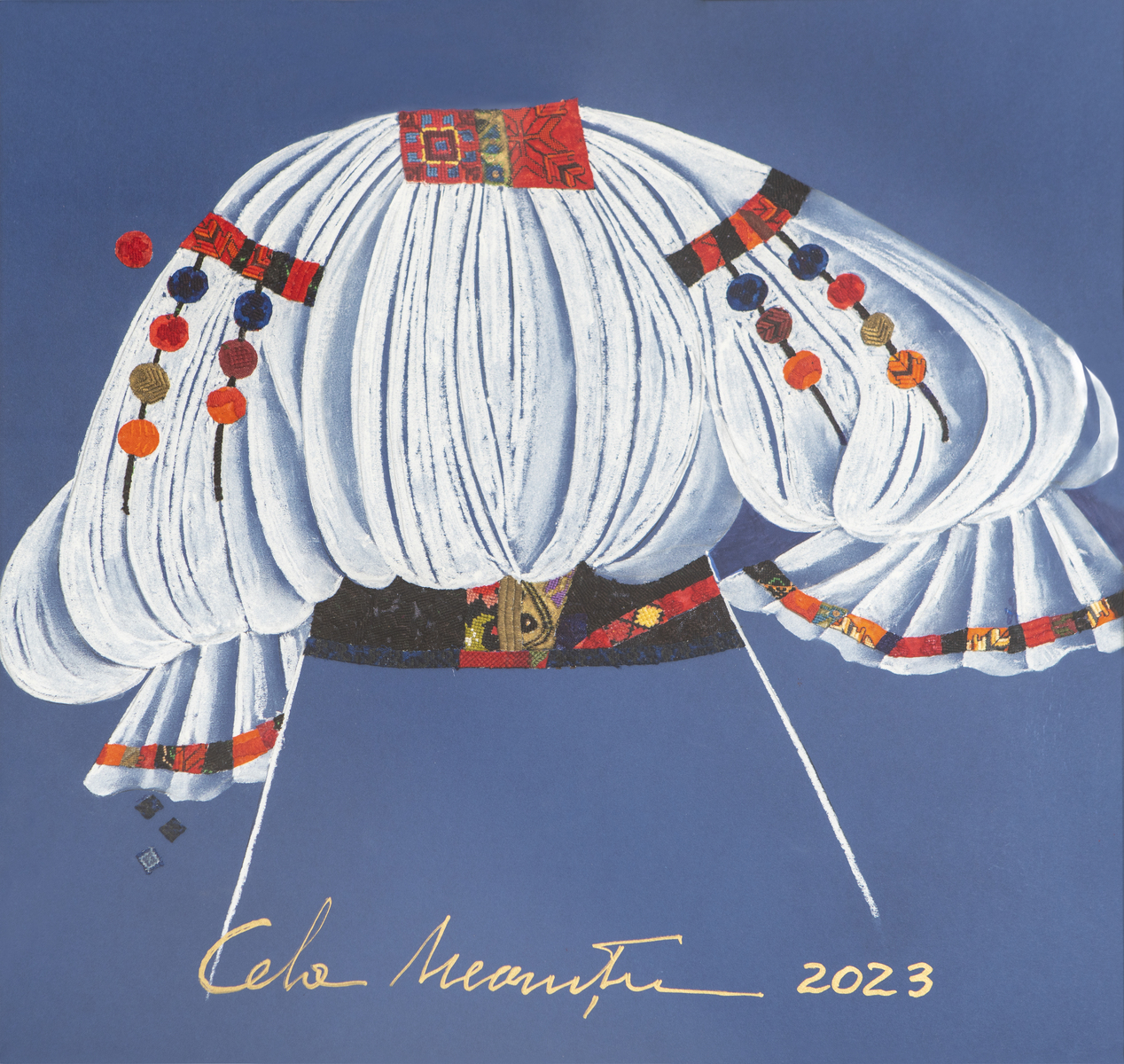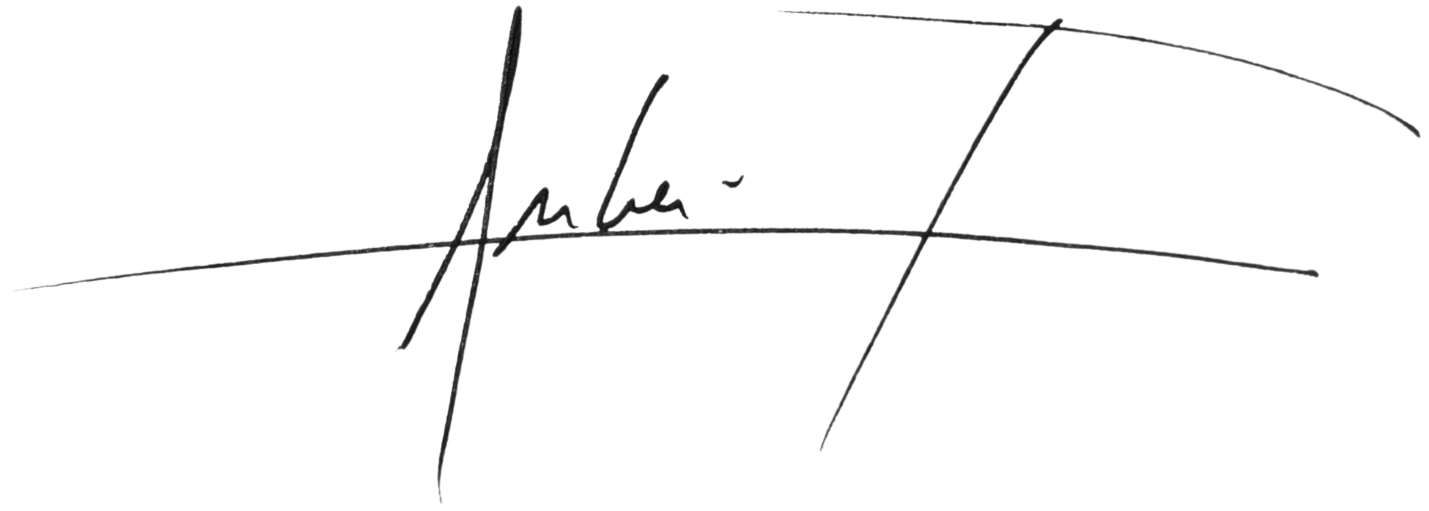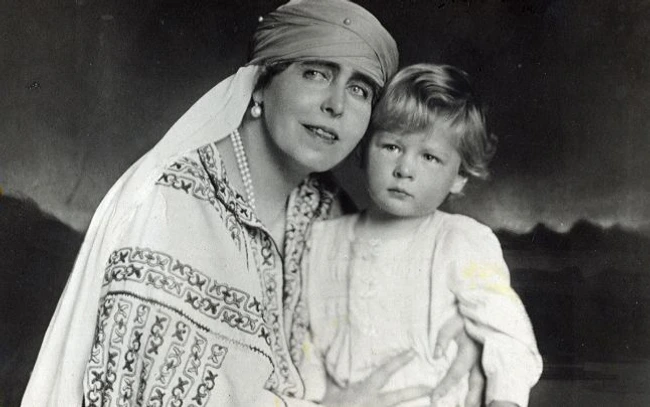Exhibit, Symbol, or Fetish? The Risks of Aestheticization
Once introduced into the gallery space or the exhibition circuit ia risks being detached from its original context where it spoke of labor celebration or emotional belonging to a community. Its transformation into an aesthetic object displayed on a wall or endlessly reproduced image involves a real tension between symbolic value and visual consumption. In the absence of critical or emotional contextualization ia can become a mere decorative identity sign, a "cool object" of collective memory but stripped of its initial complexity and intimacy. When aesthetics becomes the goal in itself and the object is reproduced without reflection, fetishization occurs, a process by which the cultural symbol is extracted from history and turned into merchandise. The risk of aestheticization becomes evident when ia is reduced to decorative background for example in advertising campaigns posters or shop windows that use ia motifs only to generate visual impact or instant "authenticity". In these cases, ia communicates nothing about belonging, tradition, manual labor, or the body that once wore it, and becomes pure image.
In contrast artists who approach the ia with responsibility and depth manage to recover its multiple voices. One example is Andreea Tănăsescu founder of the brand and community La Blouse Roumaine which promotes and brings together creators of ias from Romania and the diaspora. She played a key role in popularizing the ia and her initiative contributed to the establishment of the Universal Day of the Ia celebrated annually on June 24. She also facilitates workshops through which authentic ia models are sewn by artisans and worn in urban contexts blending tradition with contemporary design the brand’s name being directly linked to the work of Henri Matisse. Traditional embroidery is thus integrated into works that function as forms of emotional and bodily archiving. In this way the embroidered thread is not just ornament but an extension of personal and feminine memory akin to a gesture of recovery but also of rewriting the past. Thus the ia becomes language not decor.
At the opposite end, the symbol becomes a fetish when it is emptied of function mechanically, replicated and turned into a souvenir. The market for "traditional" items sold in airports tourist fairs or souvenir shops offers numerous examples of industrially produced ias with no real connection to the cultural space that generated them. These products reproduce only the appearance, not the experience, they are merely visual consumables, not fragments of identity.
The real issue is not whether ia "deserves" to enter the gallery, but how. How we choose to look at it, what story we tell about it, what context we provide and what questions we leave open. Only in this way can empty aestheticization be avoided and an authentic connection between object history and viewer be preserved.

